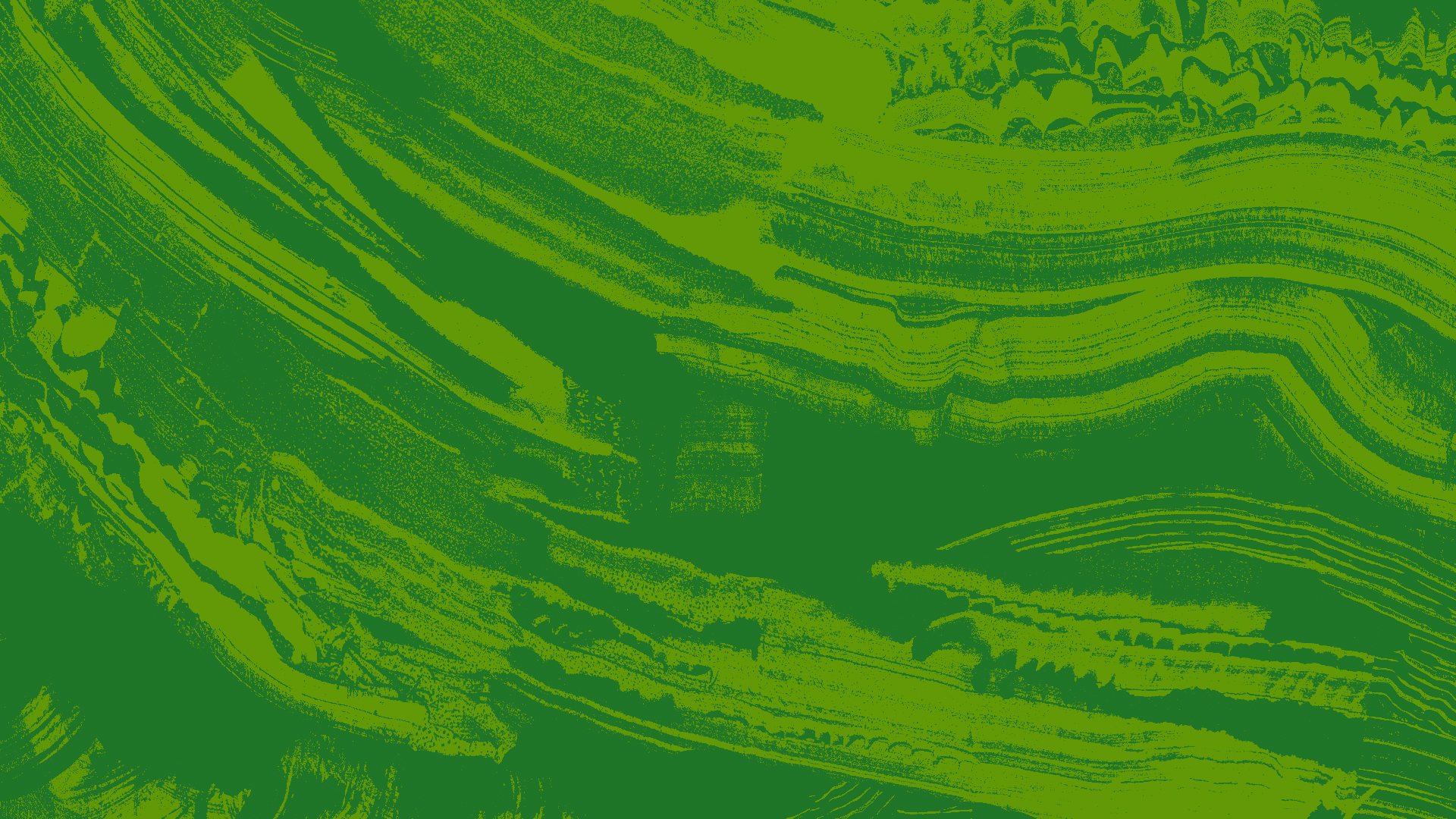Firstly, apologies to regular readers for the long break since my last post. After a two week holiday in southern Spain, I contracted Pneumonia and after a brief spell in hospital spent most of the last three weeks in bed.
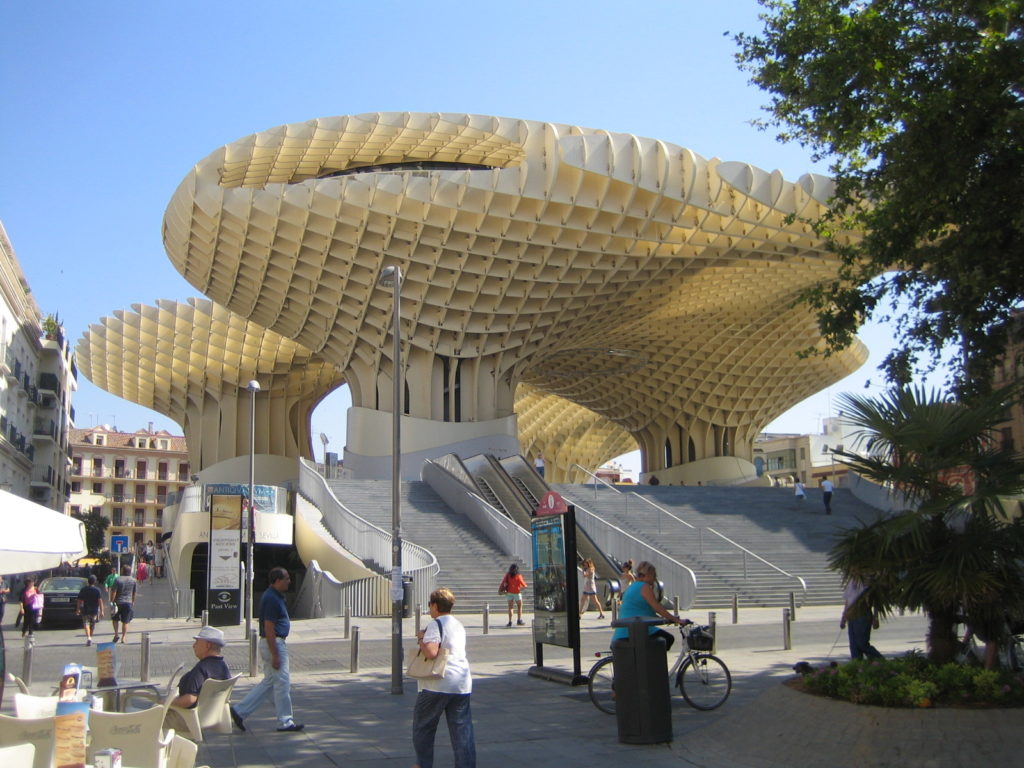
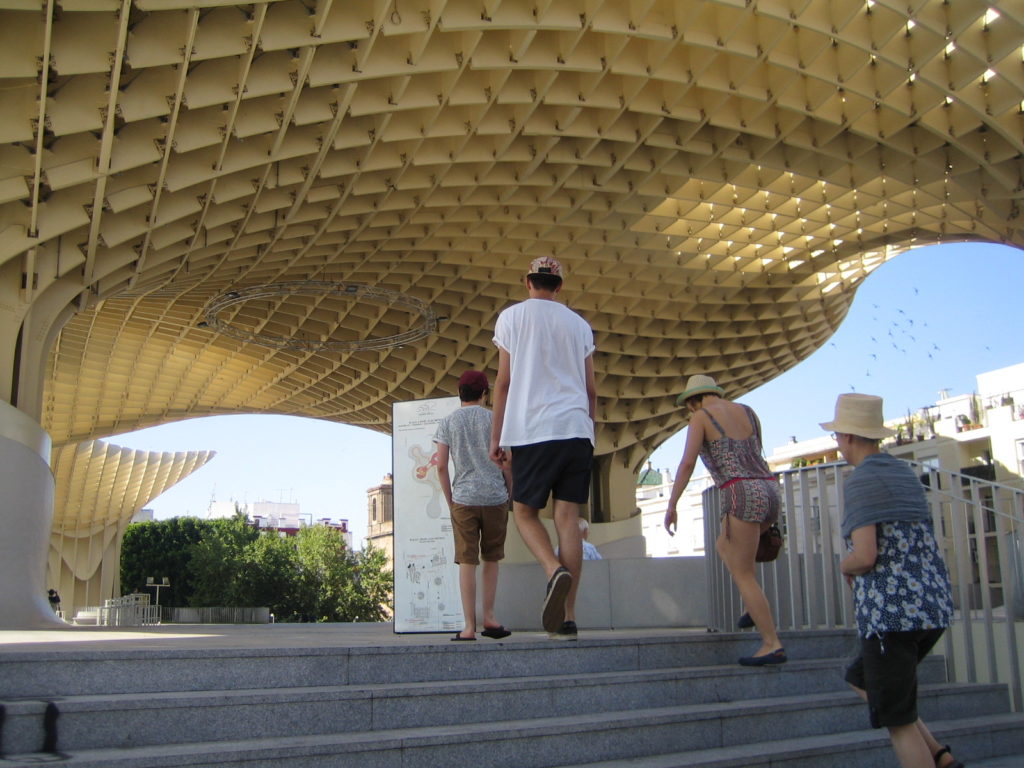
While in Spain, we spent a few days each in Granada (more of that in a later post), Cordoba and Seville. We were staying in the northern part of Seville, a kilometre or two’s walk from the historic quarter. There was a large square near our apartment call ‘Plaza de la Encarnación’. It is host to an extraordinary structure, known in Seville as ‘Las Setas’ (The Mushrooms). It is difficult to adequately describe this huge edifice. First, a bit of background: for many years Plaza de la Encarnación had been the site of Seville’s main food market, housed in a nondescript industrial building. Half of it was pulled down in 1948 and the remainder in the 1970s, after which the square was mostly used as a car park. There were many schemes to redevelop the space, a situation which was further complicated by the discovery of extensive ancient Andalusian and Roman remains beneath the square. Eventually an international competition was won in 2004 by the German architect Jürgen Mayer-Hermann. Construction began in 2005 and after many technical and financial problems was completed in 2011. Of course in the intervening years, Spain fell off the edge of a financial cliff. Signature urban statements were out, or as Rowan Moore put it in his review of the building in 2011 ‘Oh my God, it’s an icon. How very last decade. Did the city of Seville not get the memo? Big, flashy buildings are out; hair shirts are in.’ (link to original article here). as Moore points out in his article, the ‘building’ (if one can call it that) has several flaws, although I think these can almost all be attributed to the financial strictures which the project went through as it progressed. Three different architects worked on the scheme: Mayer (with Arup) on the main structure, a second (local architect) worked on the Market space on the ground floor, and the museum housing the ruins in the basement by Felipe Palomino. The three are not ‘in sync’. Although Palomino’s museum is in its own way quiet and subtle, it has little relationship to the organic structure above. The market space is about as uninspiring as it could be. Moore again: ‘It is, seen from some angles, a wonderful thing, daring, inventive, determined and impressively consistent. It is also wonderful in its content, this stacking up of past, present and future, of ruins, market, performance space and sky deck. But it has a problem, which is that these two forms of wonderfulness do not connect, with each other or with their surroundings.’ On his last point, I beg to differ. I think part of the success of the structure is that it deliberately doesn’t connect (architecturally at least) with its surroundings. It does nonetheless have a relationship, but it is one of contrast.
Despite all this, the structure is quite extraordinary. It unifies the two sides of the square, it provides shade, and a public podium (albeit finished to a standard that my father would have described as ‘with every expense spared’). More than all of this of course it is arresting, daring, soaring, exciting – one could go on with these adjectives but you get the idea. It has completely re-invigorated this part of Seville. I particularly like its presence at night – flashy (but effective) lighting emphasises the alien nature of the structure.
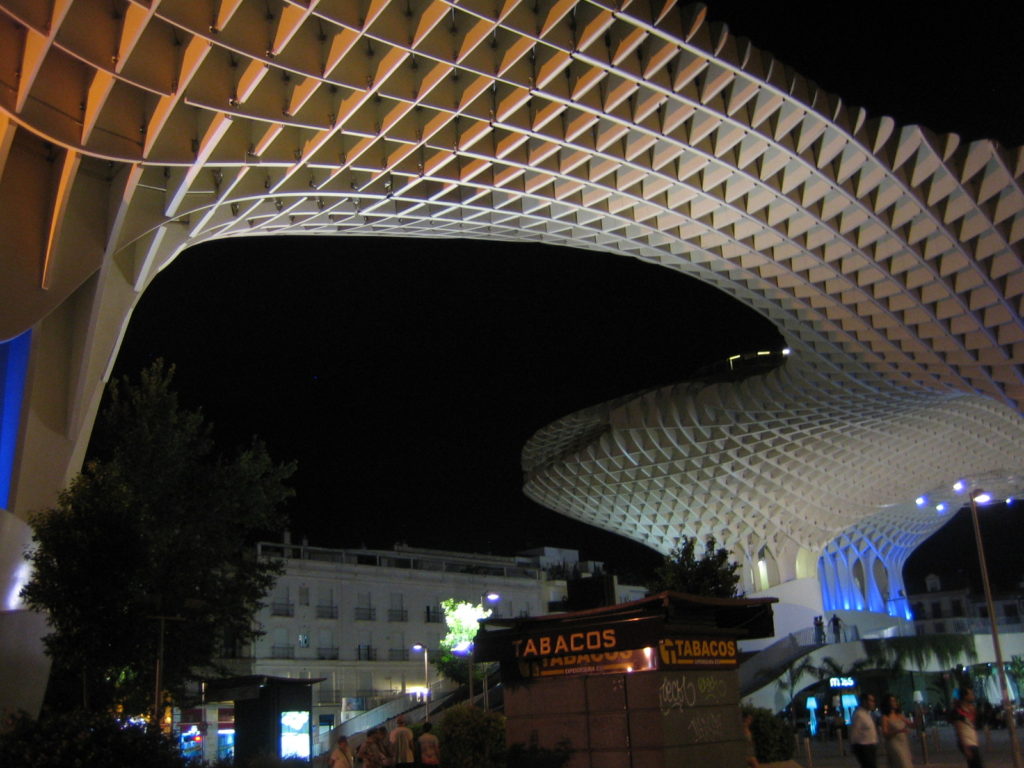
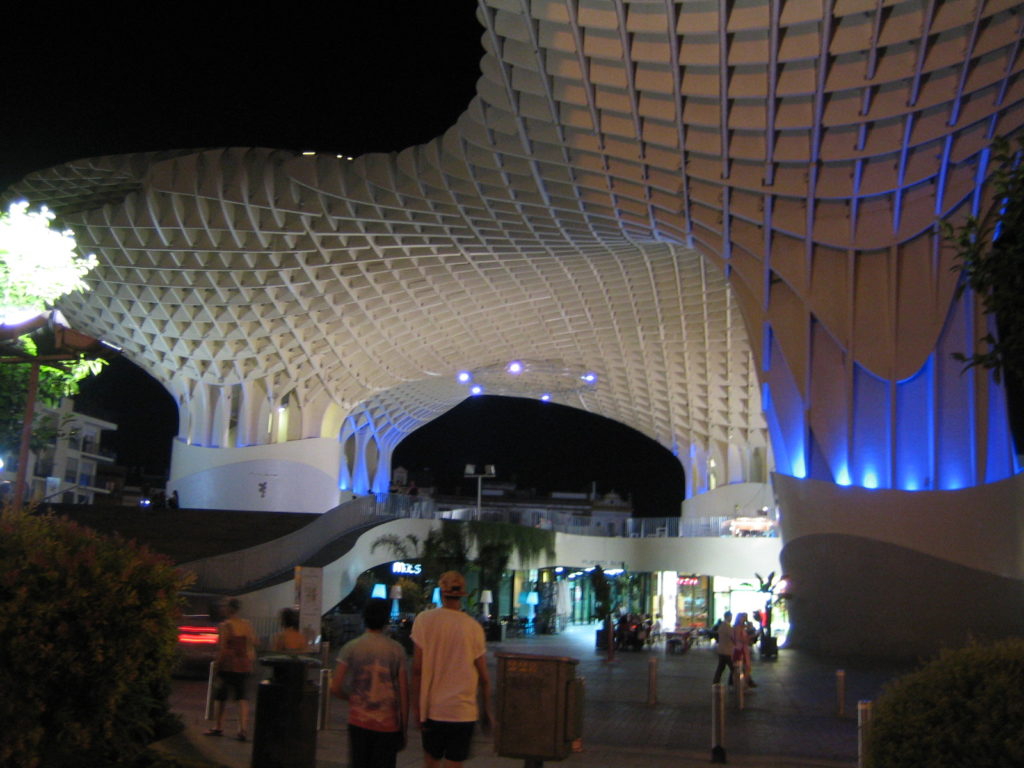 It remains open to the public until one in the morning, free to Sevillians and a few euros to others, which includes a free drink in the rooftop restaurant. On the top of the structure is a remarkable undulating walkway through which one can take in the roof tops of the city. A great way to finish an evening out.
It remains open to the public until one in the morning, free to Sevillians and a few euros to others, which includes a free drink in the rooftop restaurant. On the top of the structure is a remarkable undulating walkway through which one can take in the roof tops of the city. A great way to finish an evening out.
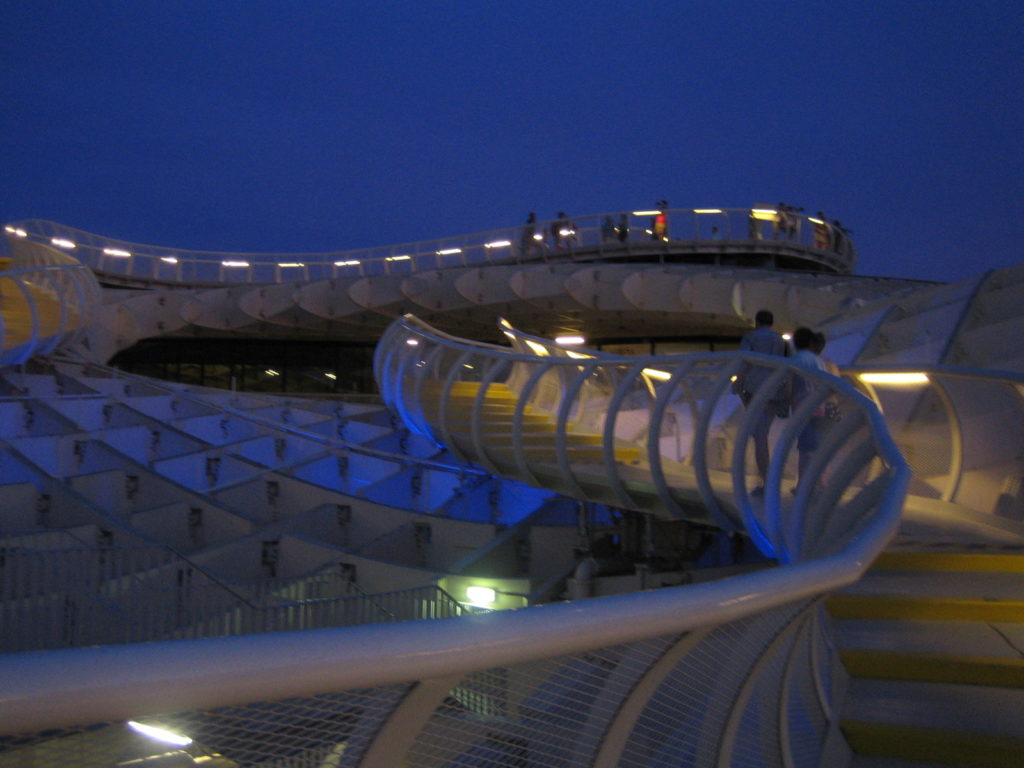
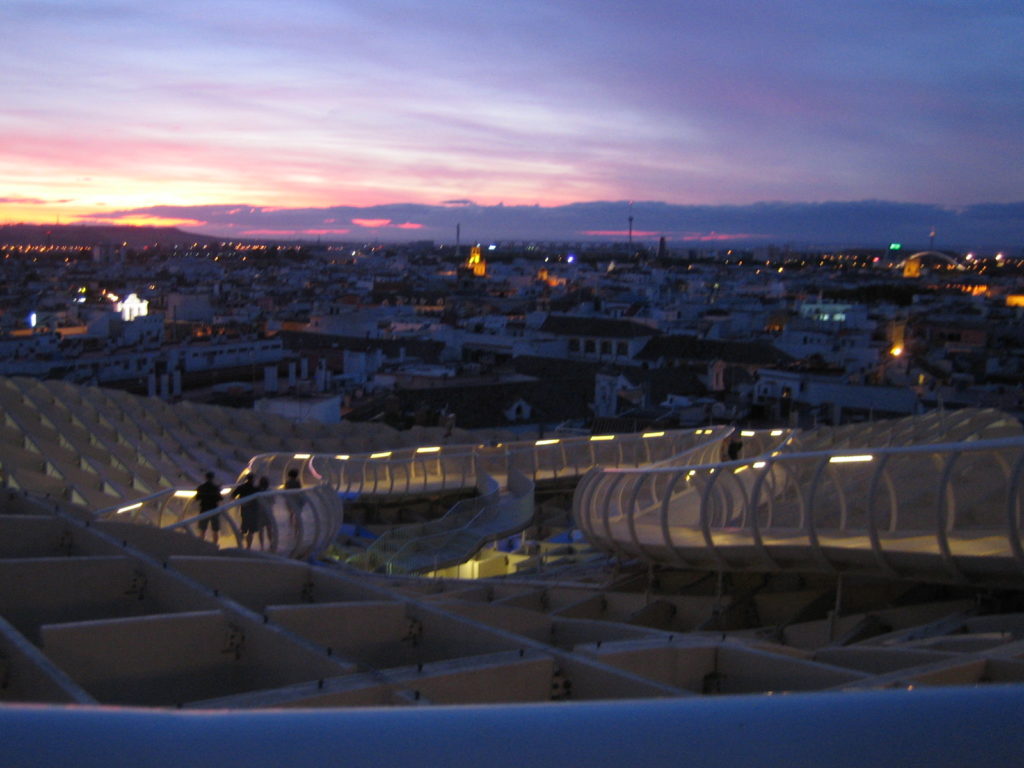
To my mind, the structure is a huge success, despite its flaws. It could of course have been much better, but ’twas ever thus with publicly funded projects, especially during a recession. What I find amazing is that is not better known, and barely mentioned in any of the Seville guidebooks. If you are in this part of Spain, it is definitely worth a visit.
Please excuse the slightly dodgy quality of one or two of the night photos!

